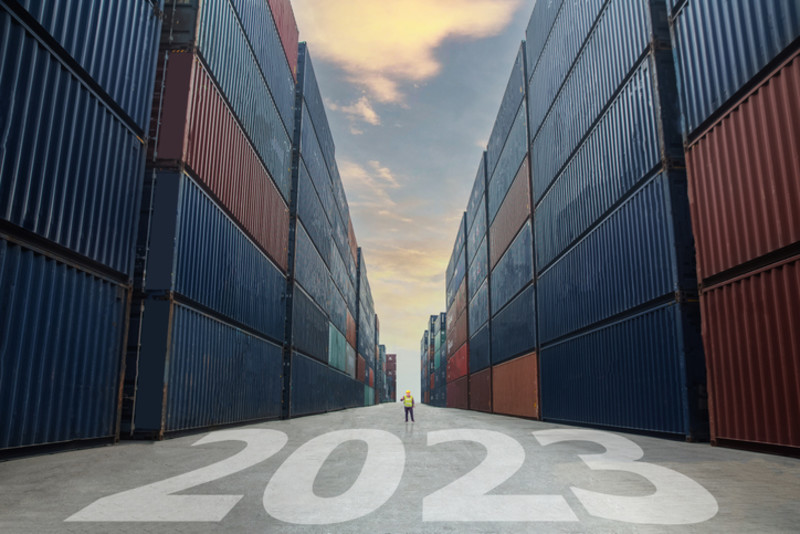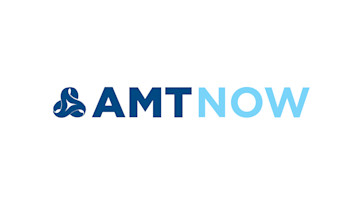The U.S. economy and manufacturing are in flux. We are transitioning from decades of increasing offshoring to accelerating reshoring and foreign direct investment (FDI). At the same time, abnormally low interest rates are being raised to control inflation. Following is a summary of our observations from our recent video discussion of 2022 and best insights for 2023. The video of our discussion is here[MCN1] .
2022: A very good year for manufacturing technology. A great year for reshoring.
Manufacturing technology orders started the year strong and softened at year end. At 6% below 2021, 2022 was the 3rd best year ever. Appliances and HVAC were strong. Construction softened.
Association for Advancing Automation’s (A3) latest quarterly stats show 35,804 robots ordered between January and September, up over 20% from record 2021 levels.
Advancements in automation technology, along with labor shortages in manufacturing and robotics, are among the factors driving expanded use of robots. Also, the need to reduce the impact of higher U.S. labor costs relative to China and other offshore alternative sources.
Reshoring, plus foreign direct investment, totaled announcements of a record 350,000+ jobs, up from 6,000 in 2010 and from a record 260,000 in 2021. Driven by government funding of EV batteries, chips, solar, and more, as well as by fear of supply chain disruptions.
The reshoring trend has been strong since 2010 in the South, from the Carolinas to Texas. With the surge in batteries and chips, the trend has extended to Arizona and to the Midwest, especially Michigan and Ohio, and added a large chip foundry in New York State.
Repeated surveys show a strong sourcing swing from global to domestic and nearshoring.
In addition to the ongoing costs, e.g. freight, duty and inventory, companies have seen increasingly frequent major disruptions such as COVID, Thai floods, ocean freight delays, Suez Canal blockage, and Russia/Ukraine.
2023: About flat
We anticipate: Real GDP about flat for the year; goods trade deficit down, driven by lower consumer demand and more reshoring.
China: Reopening to COVID will improve deliveries. Population decline started in 2022, down almost 1M. Concern that China will get old before it gets rich and lose momentum. FDI would decrease. Growth would slow. FDI would decrease more. Companies will see China less as the world’s best market and more as one of its riskiest.
2022’s disruptions caused delivery delays of a month or two. Companies are increasingly concerned over geo-political events, e.g. Taiwan, that could permanently end shipments. Reshoring and nearshoring are now seen as insurance against such risks.
Companies are shifting their focus from worrying about saving pennies on components to assuring they get the components so they can ship their product and make profits.
Reshoring: Flat at close to record levels. Reasons: Government incentives will be lower than the $100 billions announced in 2022, especially given the shift in control of the House. Shortages of workforce for construction and factory staffing will discourage or delay some projects.
The year 2023 will be a good year, but may not a record year for our industry. You could help make it a record year for your company. Use the Reshoring Initiative’s tools to identify reshoring opportunities. Use the total cost of ownership (TCO) Estimator to convince customers to reshore and buy from you.
For more information to shift OEM executives’ decisions toward onshoring for the sounder and more financially beneficial strategy of using lean-performing North American suppliers, visit The Onshoring Project. Its founding partners include AMT, Gardner Business Media, The Reshoring Initiative, Aerospace & Specialty Metals Group (ASMG), and Industry Week.






